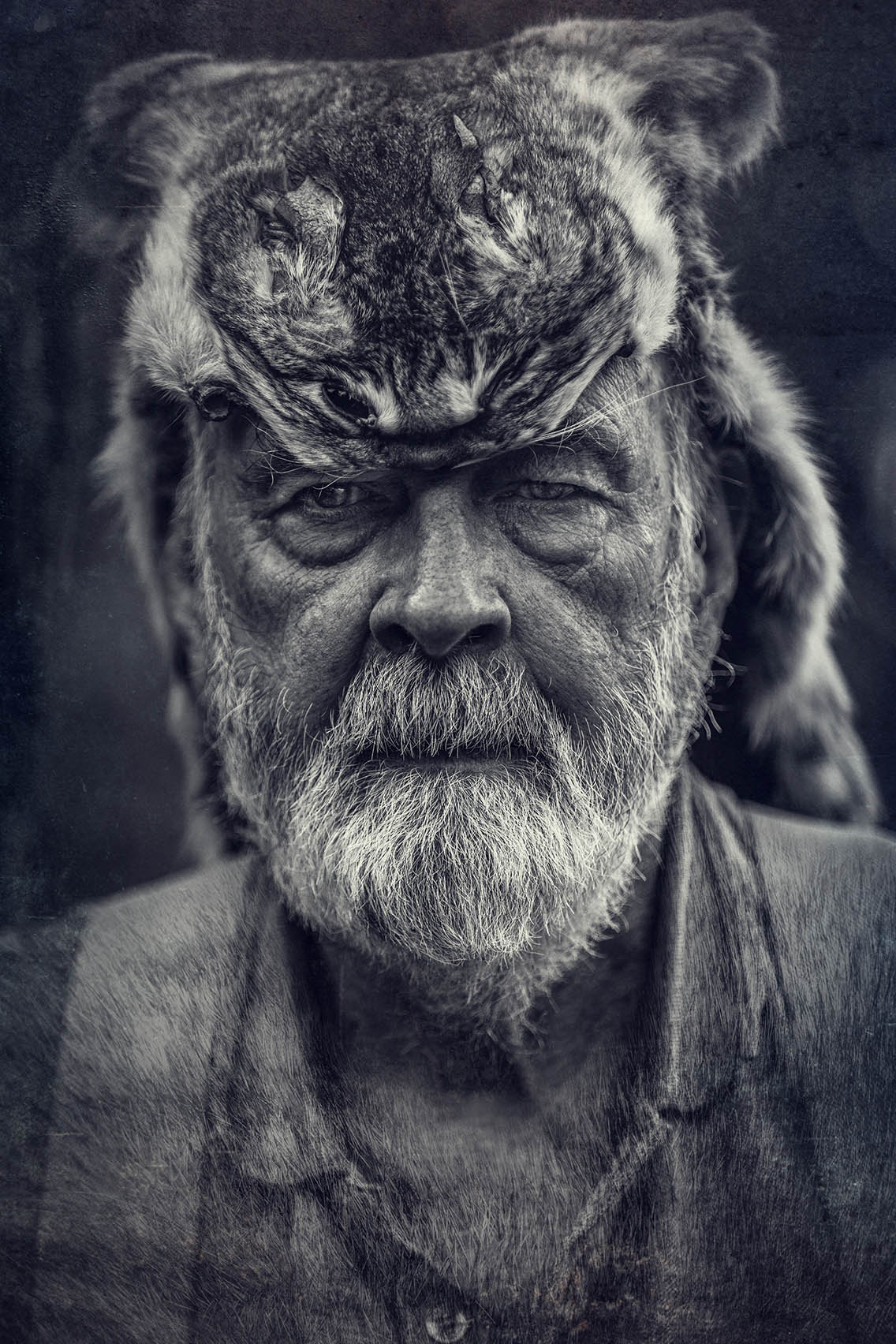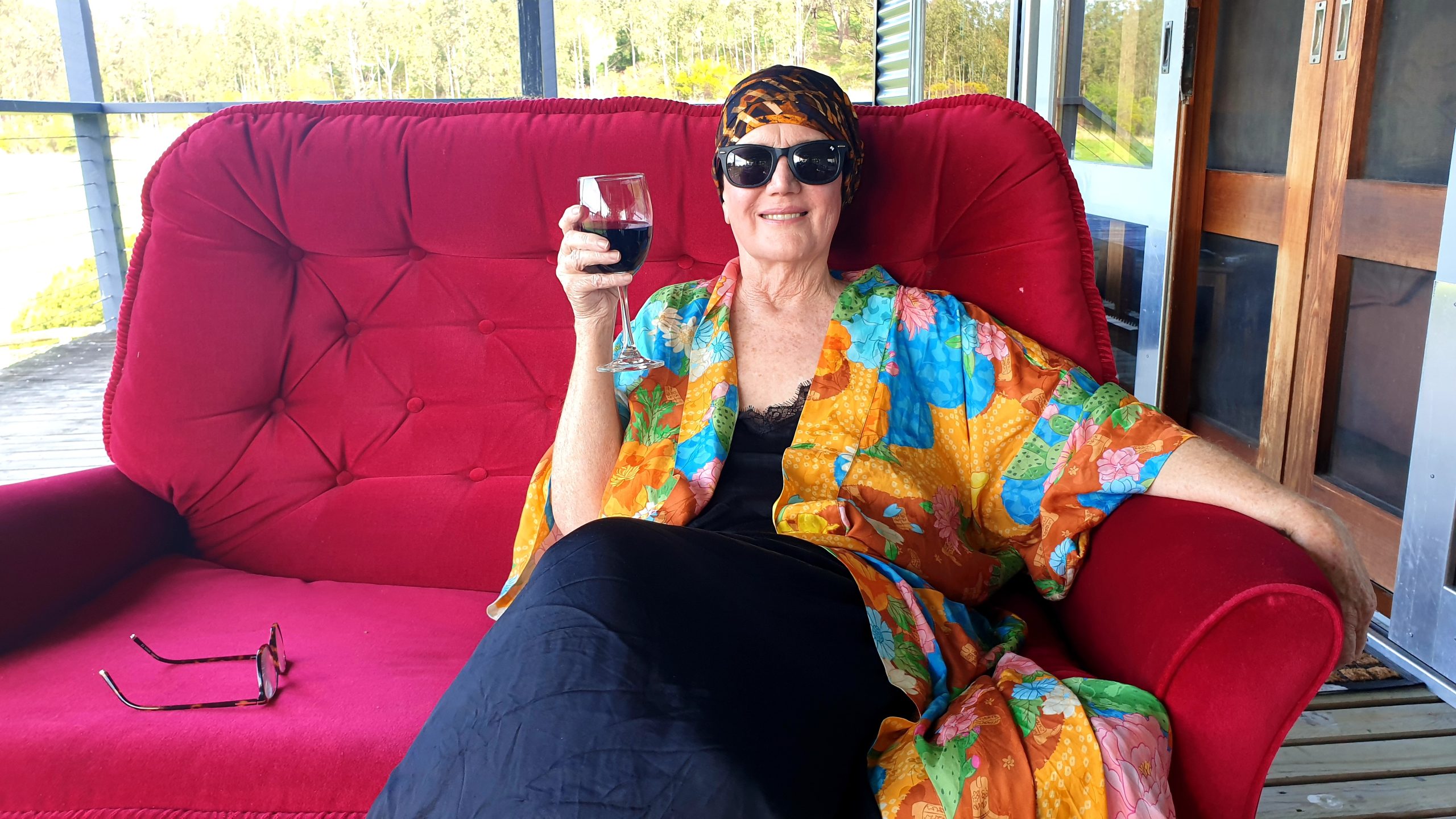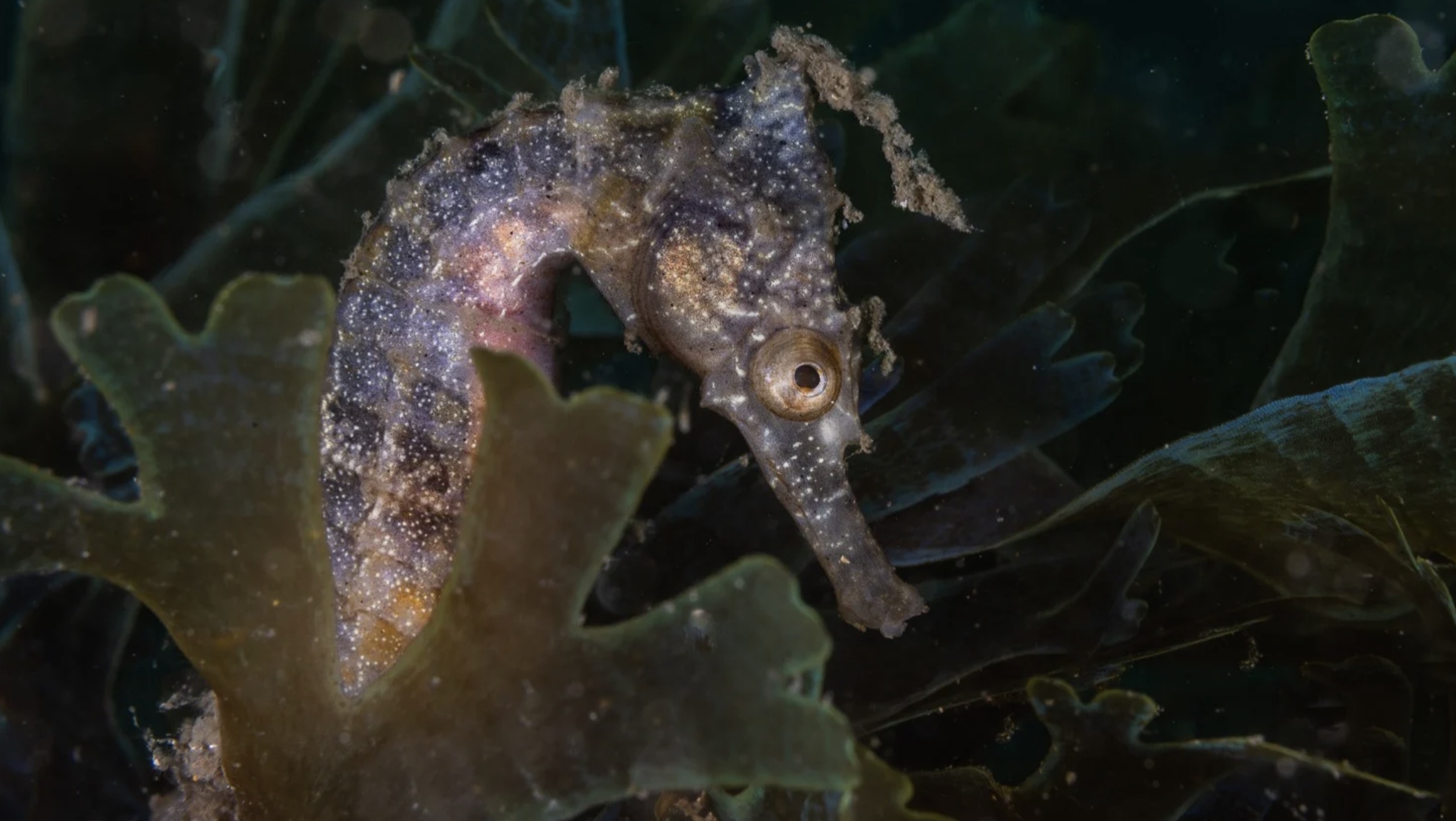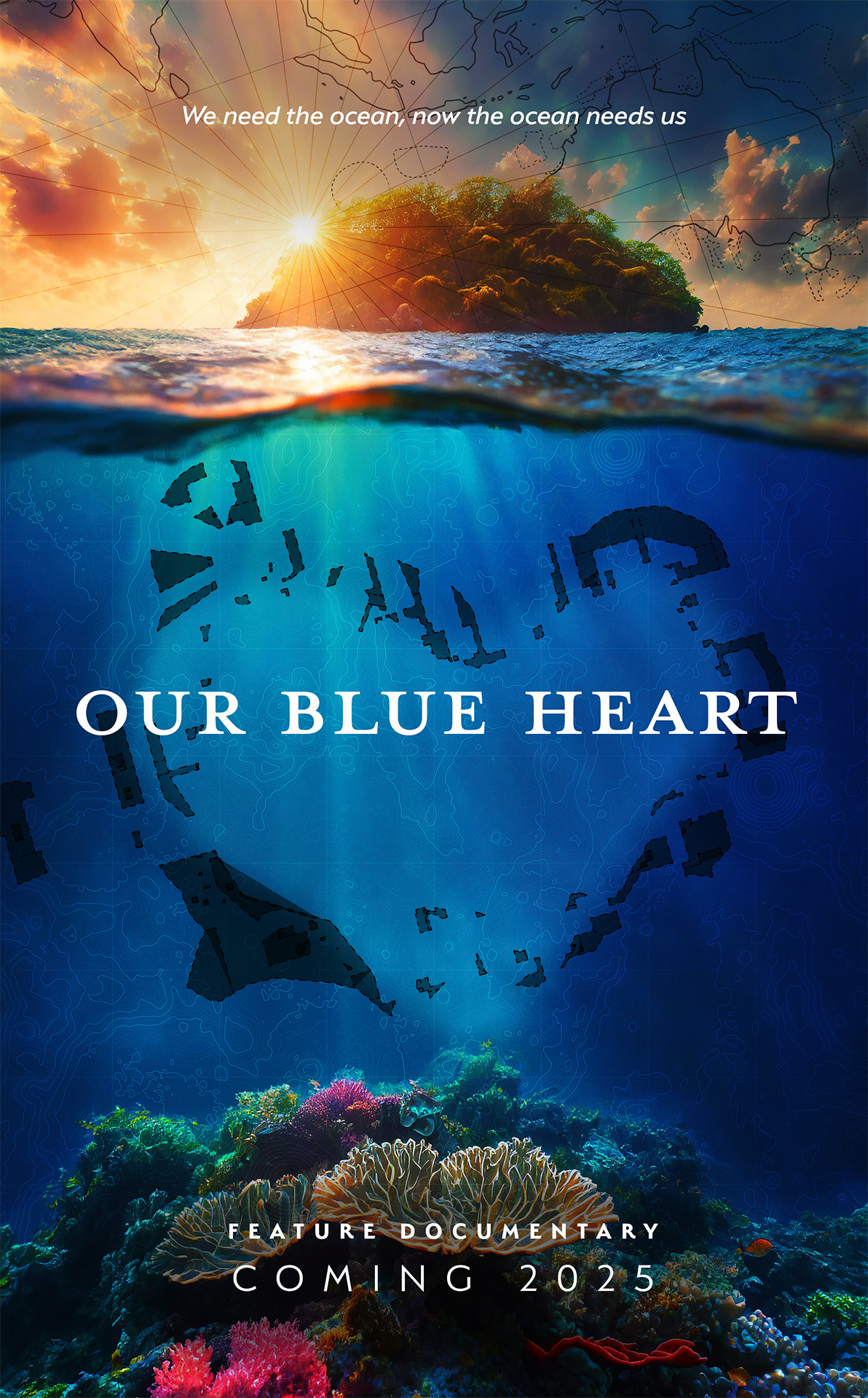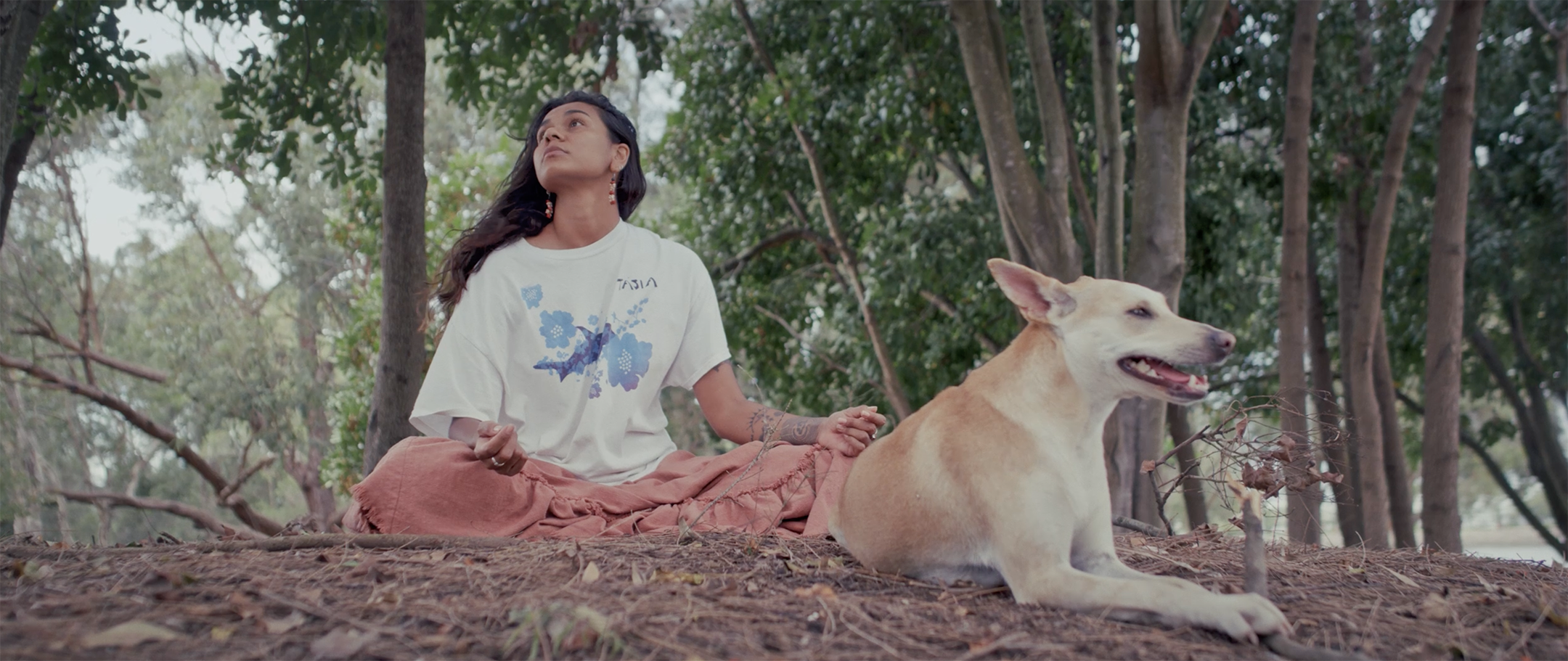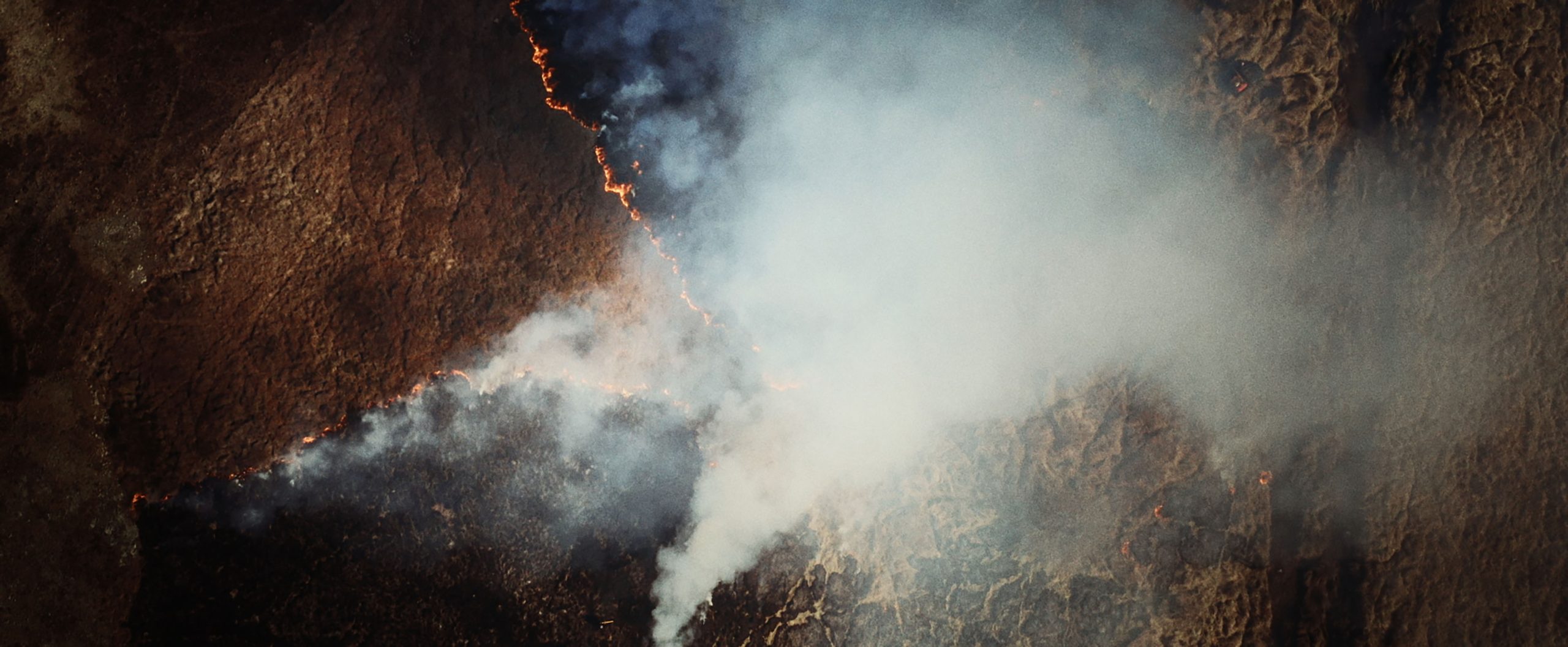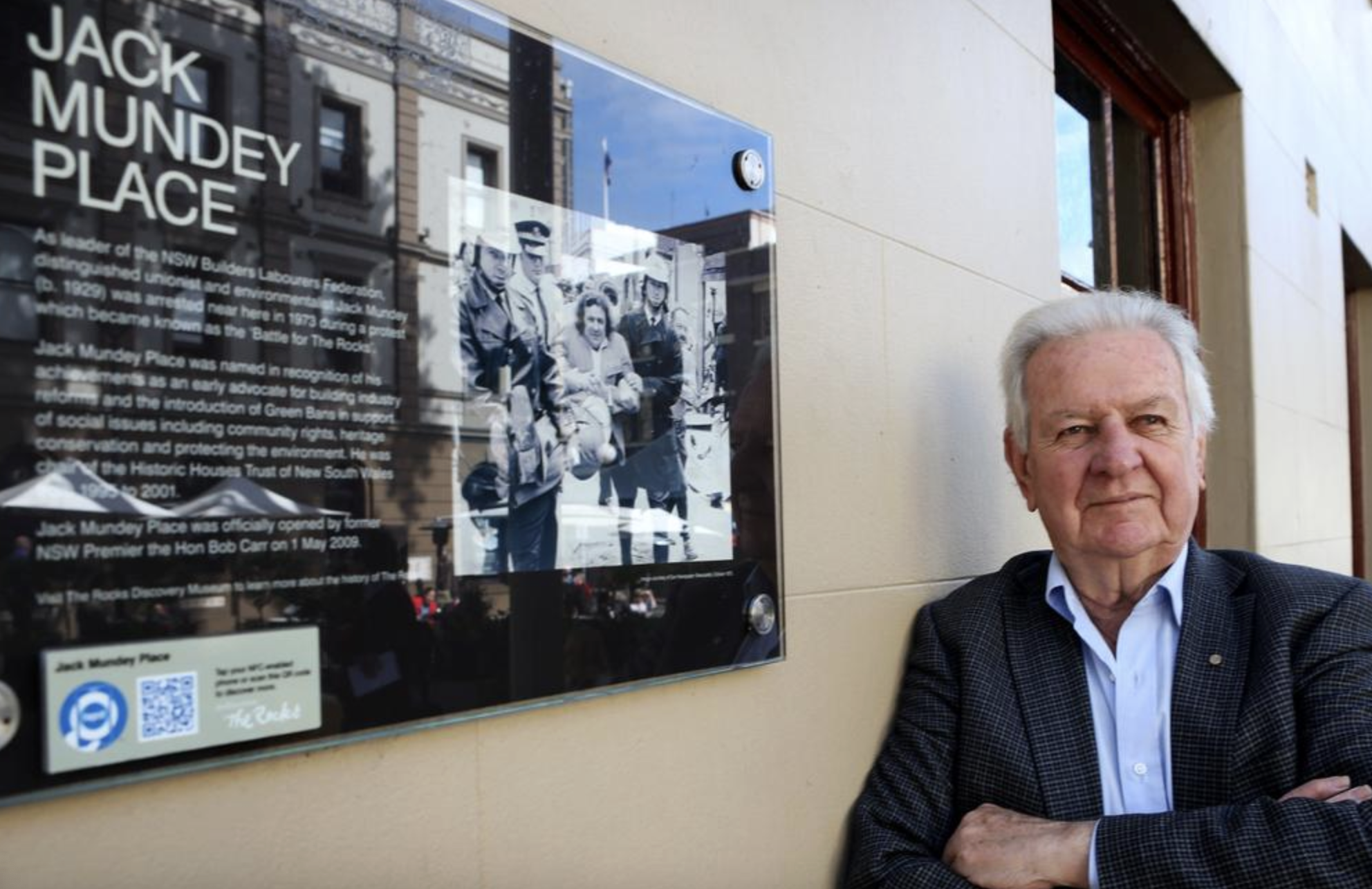Synopsis
In 1969, John Wamsley sets out to create Australia’s first native wildlife sanctuary. What starts as a way to create his own natural wonderland for his family, quickly becomes a crusade to protect all of Australia’s rare and endangered species. Against belligerent governments and often ignorant public opinion, John builds fenced off sanctuaries around the country: donning dead-cat hats, embarrassing politicians and ultimately launching the world’s first publicly listed conservation company. In the process he changes the Australian conservation movement forever, until finally his war with the cat owners, shock jocks, and bewildered public servants brings it all crashing down…
Story
On the surface, The Wolf in Cat’s Clothing is a bio-doc told through the eyes of the chief protagonist and his many supporters and enemies. However, through the creative treatment and stylistic devices employed, the audience will discover the study of a flawed human character, a pioneering outsider family, and a love letter to Australia’s unique biodiversity and the conversation movement that struggled to save it. John’s choice of hats, we’ll see, is just a small and tragically overstated part of his legacy. The audience will be immersed in and fall in love with the varied landscapes of bushland, rainforests, mallee country, rocky ranges and desert sand hills shot with aerial drone, immersive POV shots and stunning tableaus. They’ll come to feel a closeness with the animals there, revealed through striking interactions with John, as well as specialist nature photography, including underwater, go-pro and night recordings – moving imagery of Australia’s most unique and lesser-known native species that John fought so hard to save. This high-end nature cinematography will be mixed with the “retro” feel of archive footage from the early days of John’s venture. This old footage will reveal John in his most confrontational and controversial “lone wolf” character that intimidated so many people, a stark difference to the seemingly calm and peaceful old man he is today. The juxtaposition perfectly represents the humour and wrath, the dead cats and love of animals, and the other paradoxes that are part of genius, and are sometimes necessary to create change. Elements of the vision will become motif – the orchids that John lovingly studies today will be introduced early on as a beautiful but mysterious hint at the future. Honest modern-day interviews with experts, friends, and foes in government, media and the environmental movement will provide a multi-faceted perspective of John’s persona, building up the myth of the man, and then inevitably, dragging it down. However, it’s the portrait of his family, captured in contemporary interviews as well as endearing archive and stills from the 80s and 90s that make the most important contribution to the story. They reveal not just a single man riling against the times, but a whole family doing what they thought was right, without waiting for permission, and against the grain of the time they lived, ultimately forging the kind of fascinating and rich life that most of us now dream of. This combination of nature, controversy, personalities and family will push the film beyond biography – creating a complex mix of nostalgia and guilt over our past, prompted by a man and a family ahead of their time – rebels that created lasting change by fighting the establishment, and ultimately brought undone by their inability to work within it.
Production Stage
- Development
- Production
- Post-production
- Completed
- Outreach
DURATION: 90 MINUTES
Issue area
CONTACT FILM TEAM
